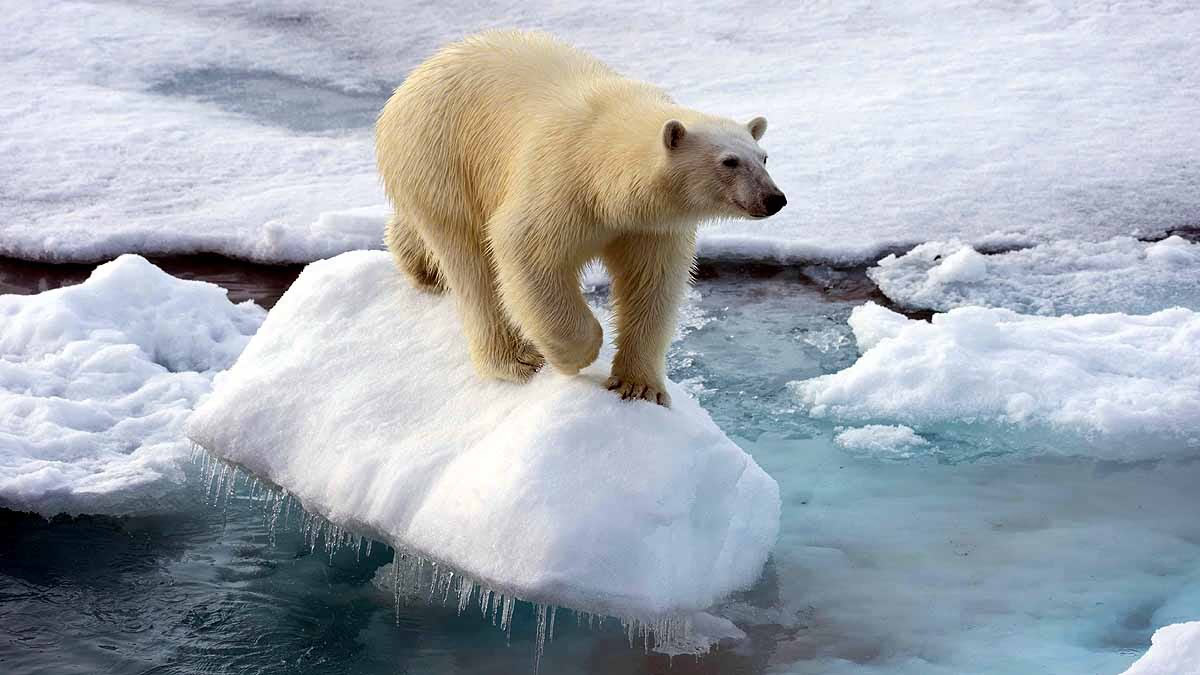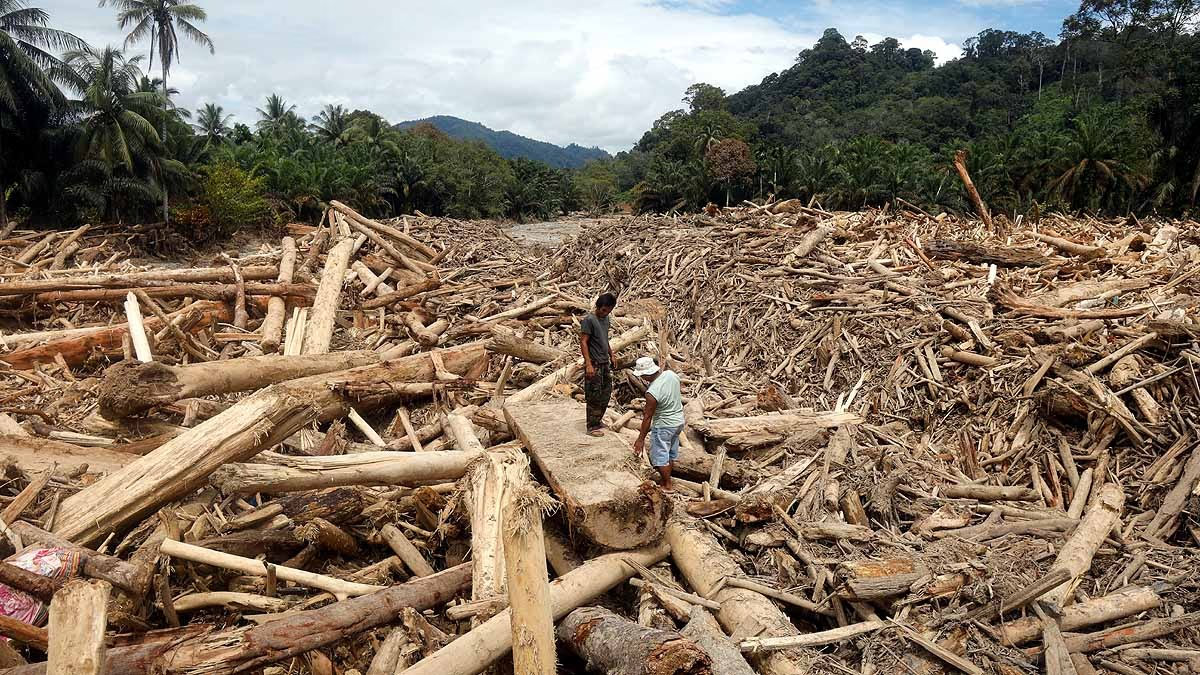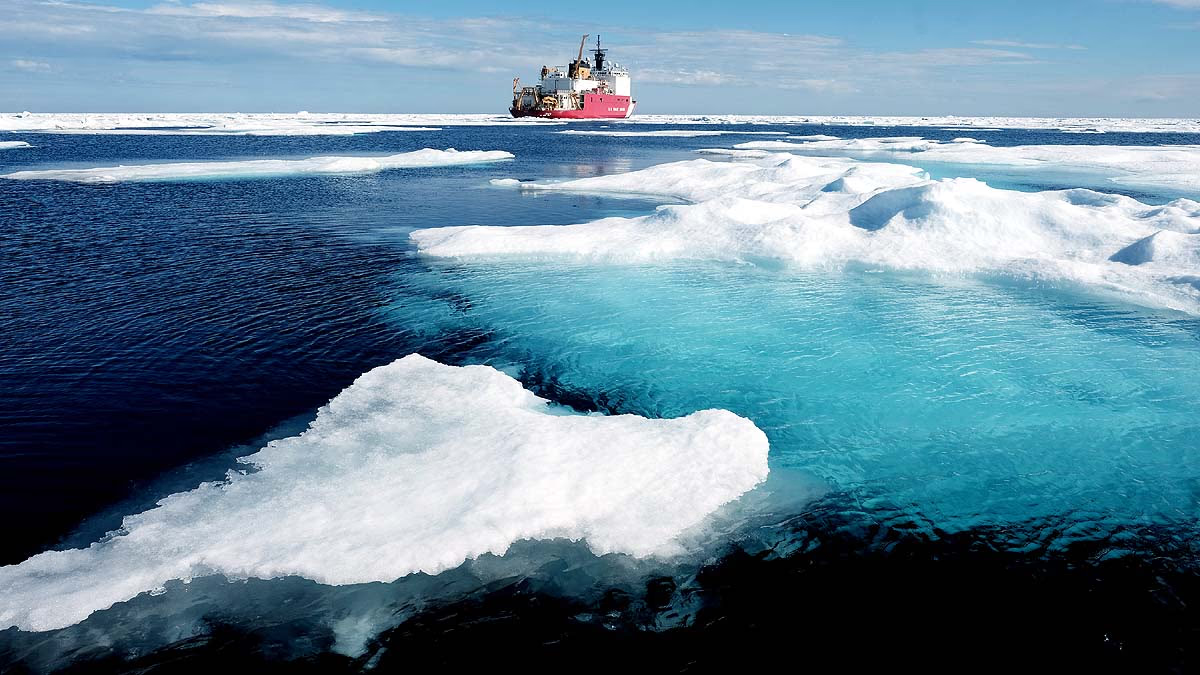
Source: aajtak
The first ice-free day in the Arctic Ocean is projected to occur in 2027. This alarming revelation is backed by a recent study that shows the ice is melting at an unprecedented rate—a 12% decline every decade.
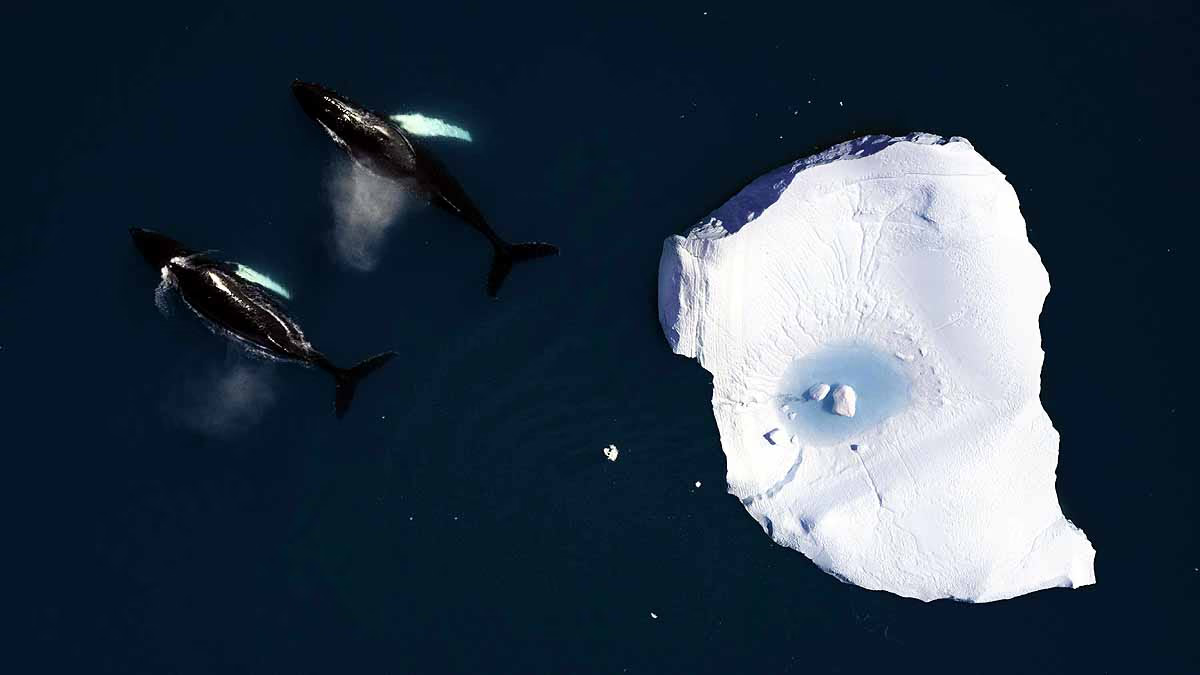
Source: aajtak
Scientists predict the complete disappearance of ice from this region within the next three years. However, if humanity makes significant improvements, this process could take between 9 and 20 years. This study was recently published in
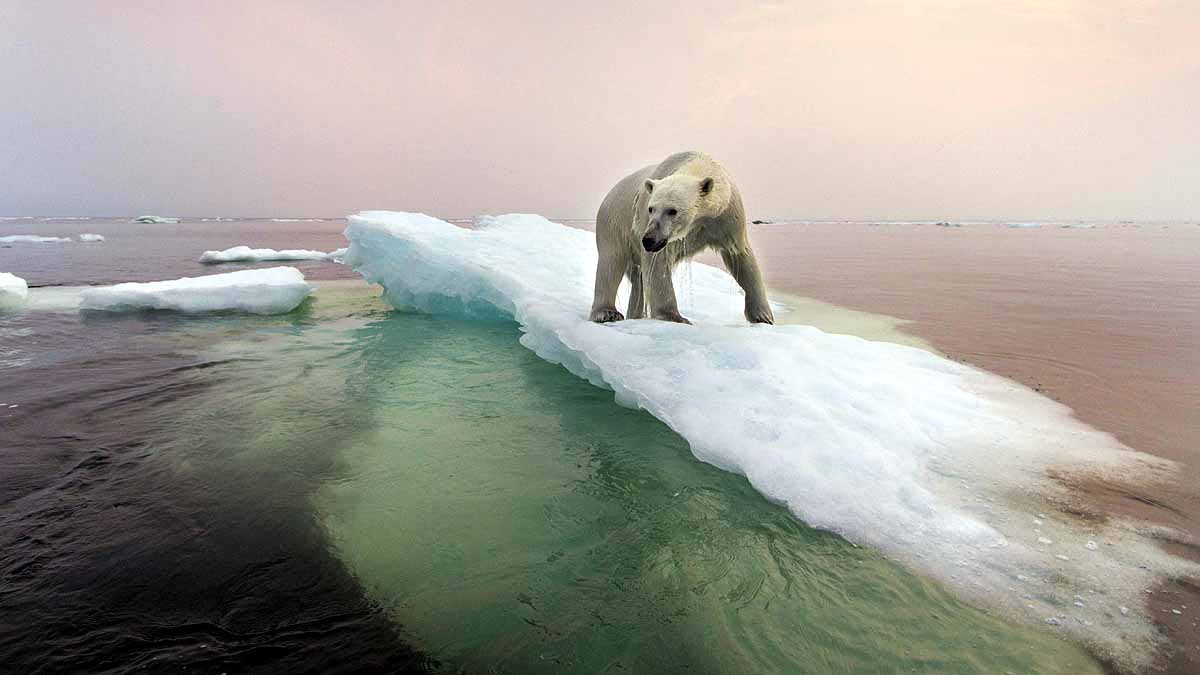
Source: aajtak
The study was conducted by Alexandra Jahn, a climatologist from the University of Colorado Boulder, who highlighted the drastic climatic changes occurring in the Arctic. These changes serve as a warning that will impact the entire globe.
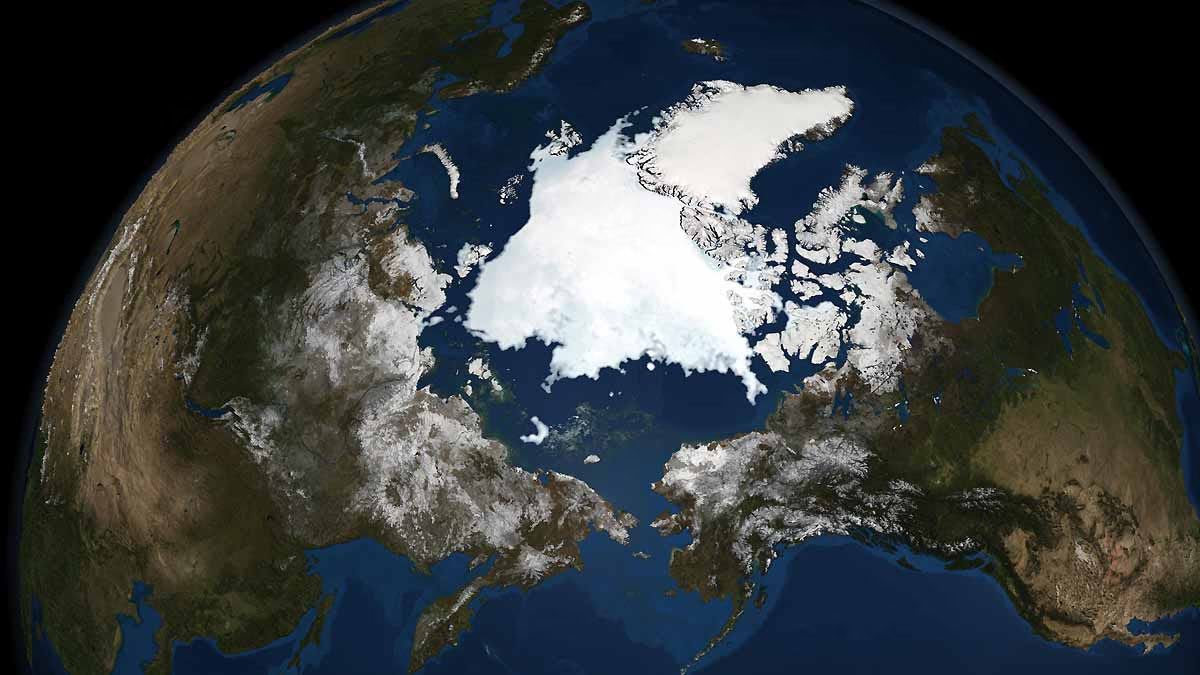
Source: aajtak
The rapid melting of Arctic ice is driven by increased emissions of greenhouse gases. Traditionally snow-capped throughout the year, the Arctic has been continuously studied since 1979, with data gathered from satellite observations.
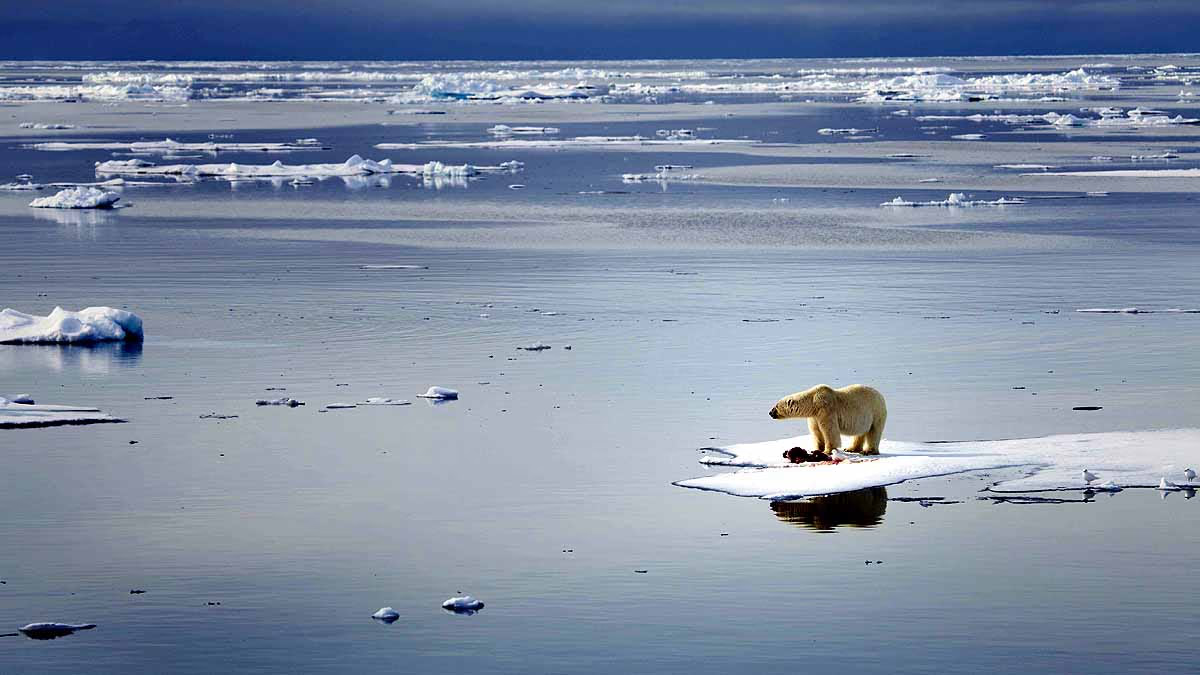
Source: aajtak
Sea ice plays a critical role in global climate, affecting ocean air temperatures, marine life, and ocean currents. A warming Arctic could lead to unwanted storms and rains, affecting the global transfer of nutrients in the oceans.
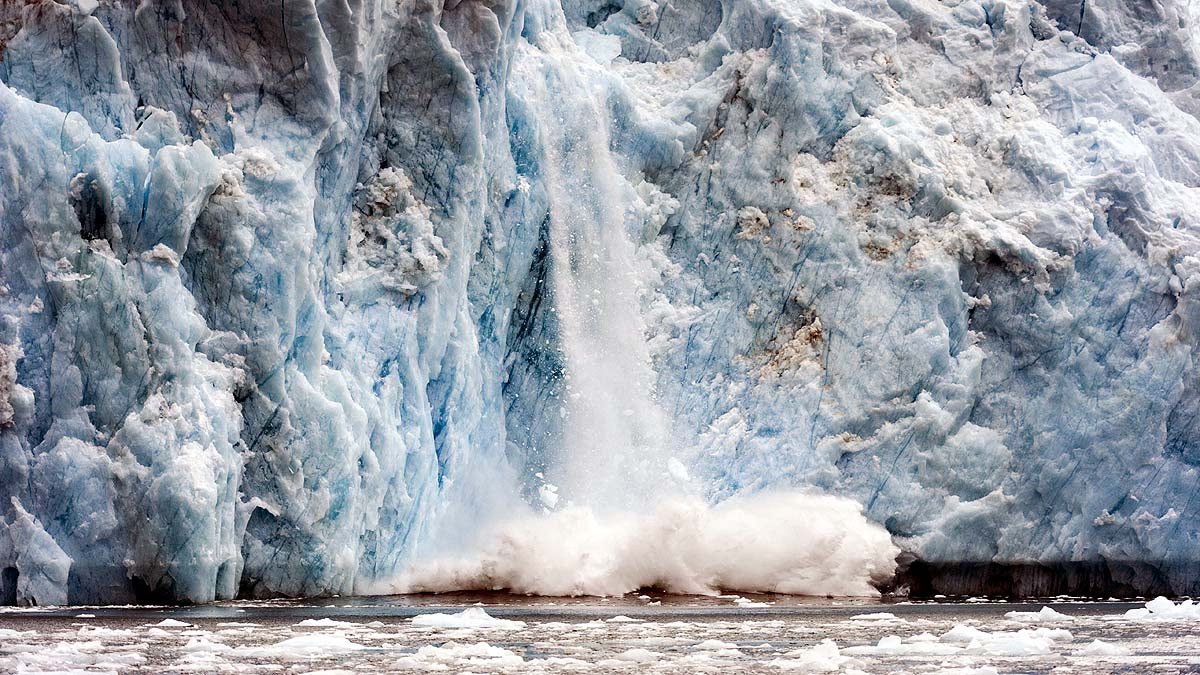
Source: aajtak
The existing ice helps reflect sunlight, an effect known as the albedo effect. Without ice, the ocean absorbs more sunlight, hence warming our planet. The Arctic Ocean is rapidly evolving from a natural refrigerator to a geyser, heating up four times faster than the rest of the world.
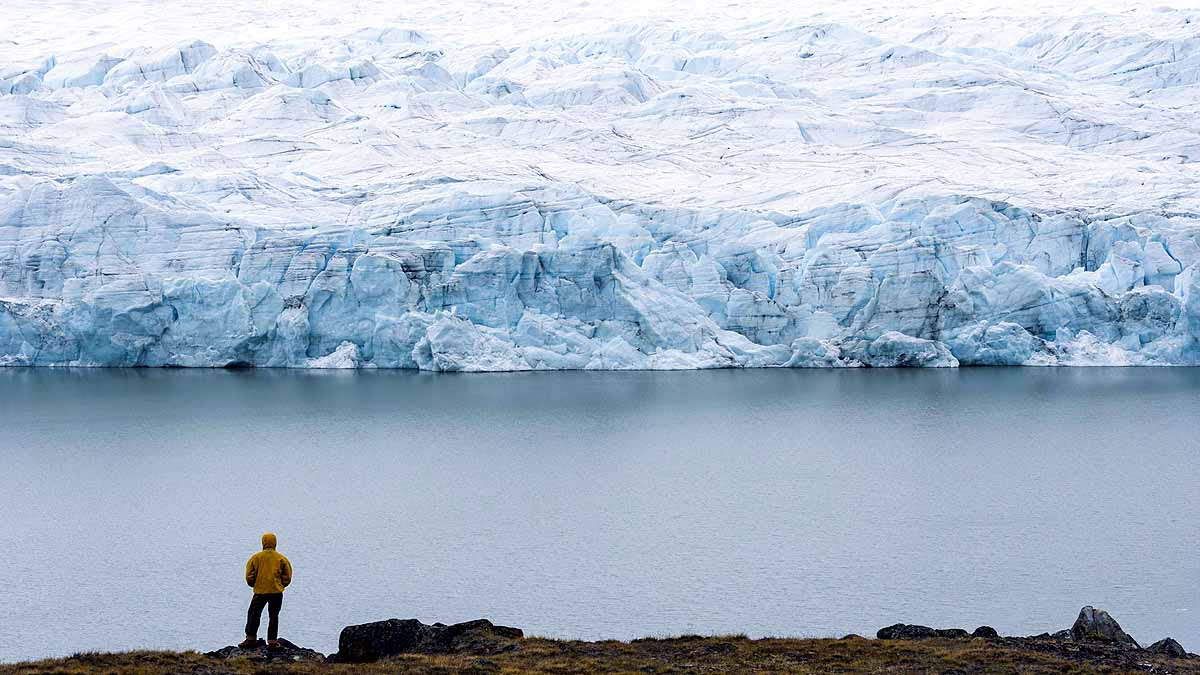
Source: aajtak
Due to this intense warming, Arctic ice is depleting. Between 1979 and 1992, the Arctic was covered with 6.85 million square kilometers of ice, which is now reduced to just 4.28 million square kilometers.
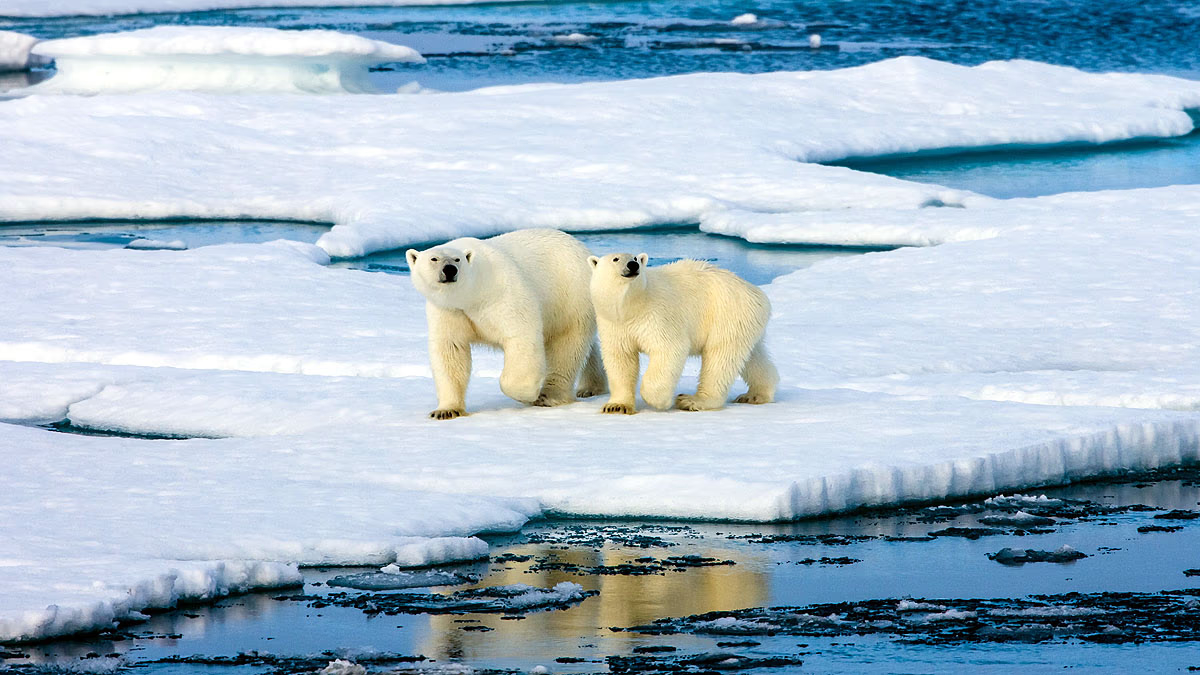
Source: aajtak
Given the trajectory of warming and global warming trends, it is projected that in the future, it may shrink to a mere 300,000 square kilometers, effectively becoming an ice-free zone.
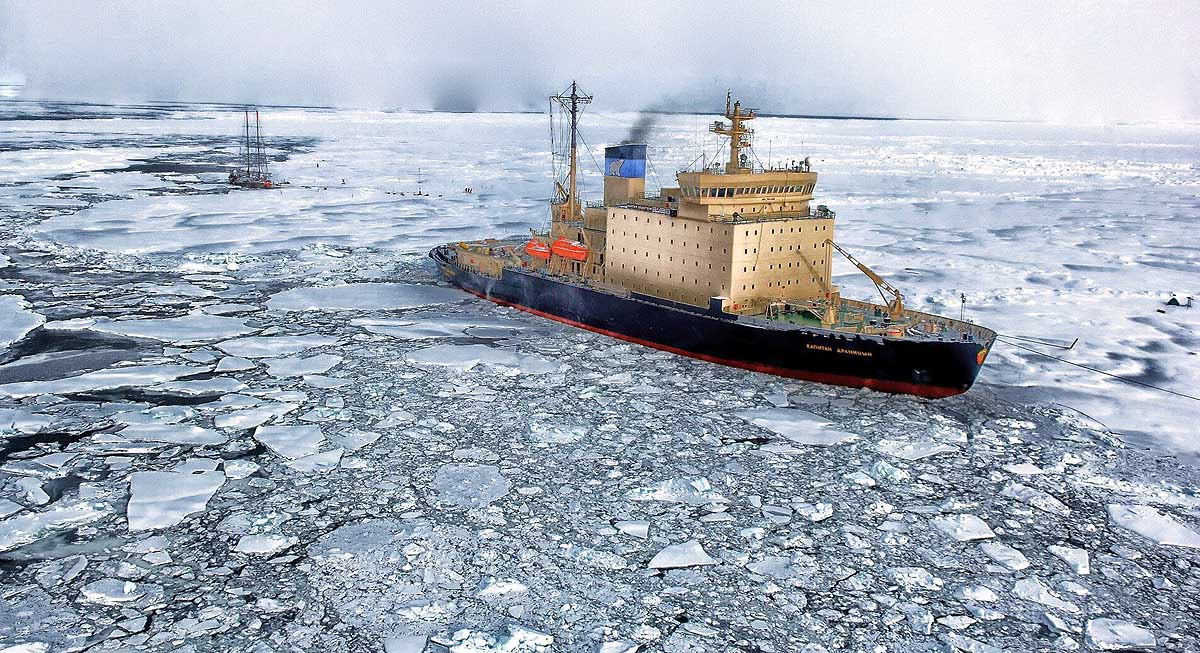
Source: aajtak
For this study, scientists utilized 11 different models and conducted 366 simulations before concluding that the Arctic's condition is dire. The ice is expected to vanish completely within three to six years.
